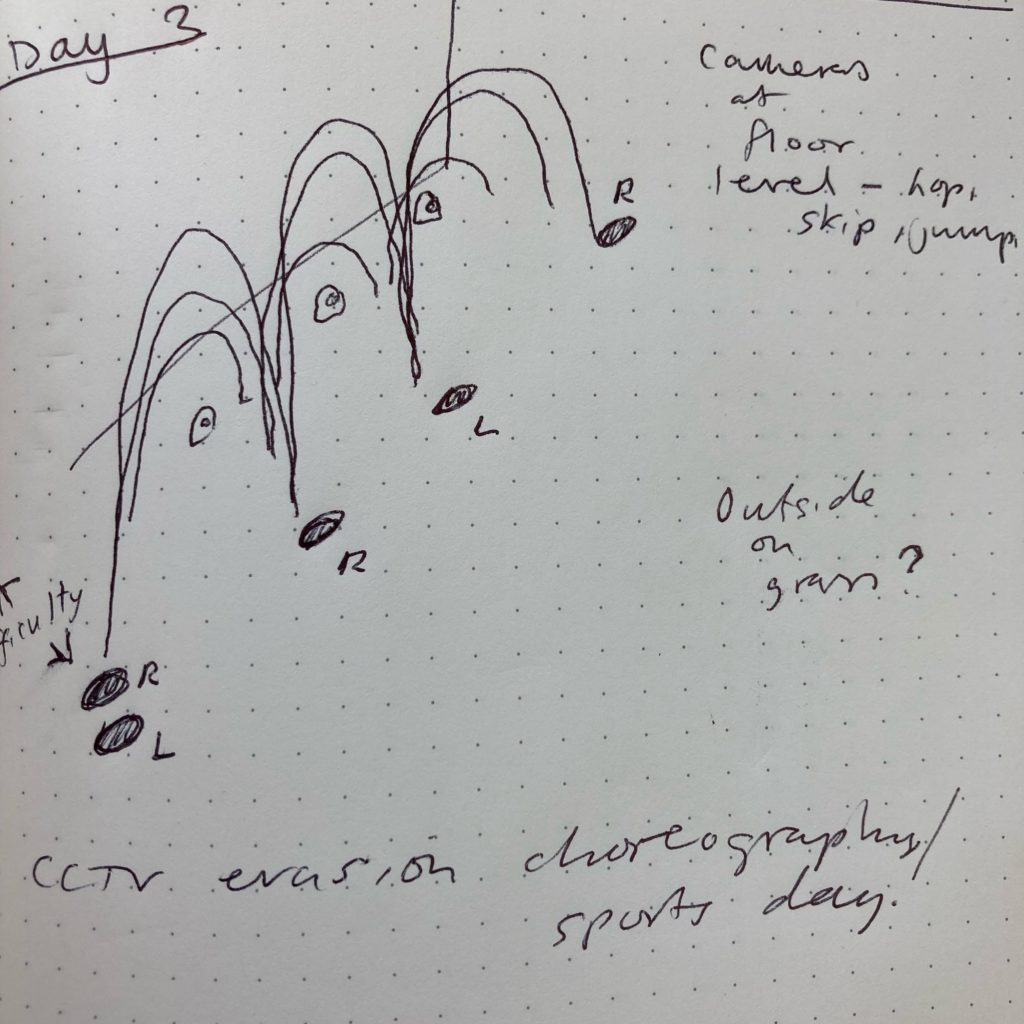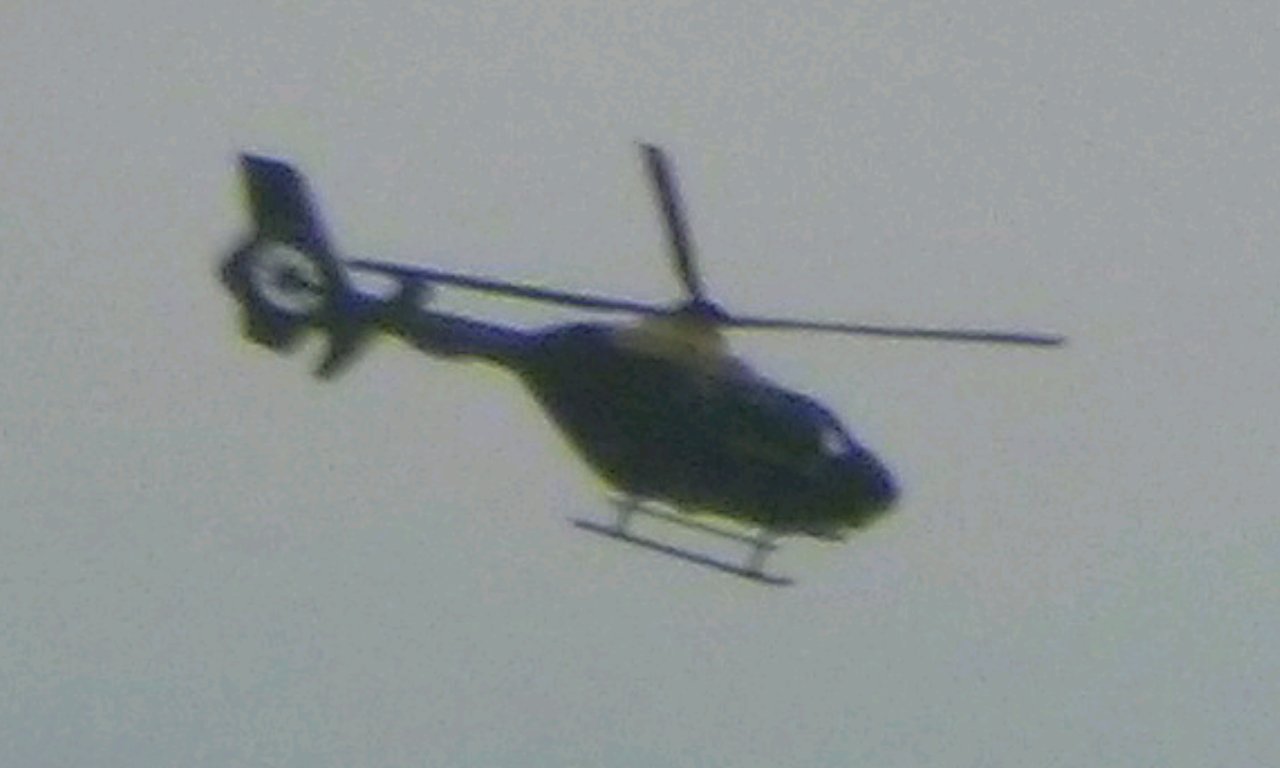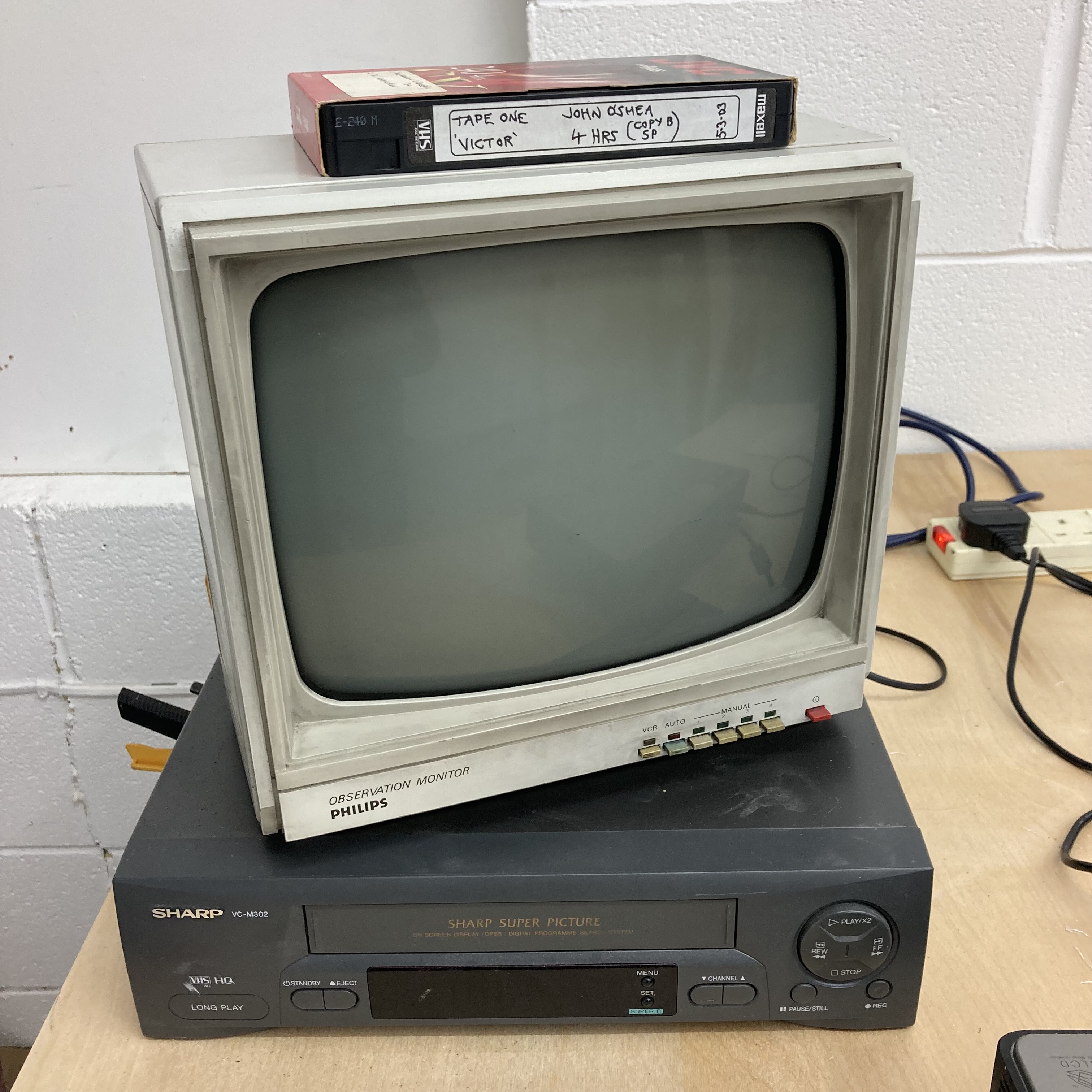
Hand drawn diagram in the style of dance footstep instructions showing a hop, step and jump over three video cameras.
Yesterday afternoon the idea emerged for a kind of game that could be played using the 6 CCTV cameras which make up the core hardware of Benedict’s prototype – setting up the CCTV cameras into a kind of playful assault course, where the objective would be to make it through the space avoiding the camera’s gaze (like the children’s game “floor is lava.”)
I did some further thinking about how this could work as a playful experimental activity, and also began doing some small experiments using paper materials to mask off the limit of the angle of view of a camera (which could lead to sculptural forms defined by the camera’s perspective.).
Above is a drawing I made of a simple game where the objective would be to avoid being seen by the camera using a hop, skip and jump.
However, it feels difficult (heavy) to properly explore some of the questions around the ways in which CCTV cameras can create boundaries and restrictions in space (through the feeling of being observed and being recorded) within the political context of this specific artist residency/workshop. There is a risk playful exploration (which is necessary for experimentation) will come off as uncomfortably trite and inappropriate when placed under any critical scrutiny.
The separation of this R&D situation from the realities of any individual or group who are systematically coerced or intruded upon by cameras (shop staff observed by managers, children in care environments, prisoners, those who are racially profiled, those who are stalked or abused) feels like a large gap, and this is compounded by the make-up of the group (majority white, male, cohort, in a far more ethnically diverse area of Leeds.)


